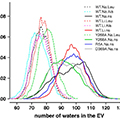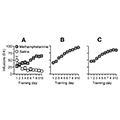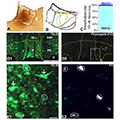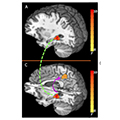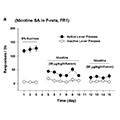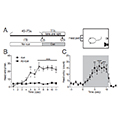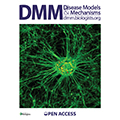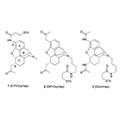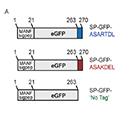Featured Paper of the Month – October 2015
Published in The Journal of Biological Chemistry by Stolzenberg, Sebastian; Quick, Matthias; Zhao, Chunfeng; Gotfryd, Kamil; Khelashvili, George; Gether, Ulrik; Loland, Claus J; Javitch, Jonathan A; Noskov, Sergei; Weinstein, Harel; Shi, Lei
Neurotransmitter:sodium symporters (NSSs) terminate neurotransmission by Na(+)-dependent reuptake of released neurotransmitters. Previous studies suggested that Na(+)-binding reconfigures dynamically coupled structural elements in an allosteric interaction network (AIN) responsible for function-related conformational changes, but the intramolecular pathway of this mechanism has remained uncharted…
